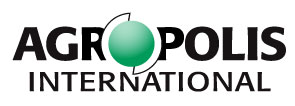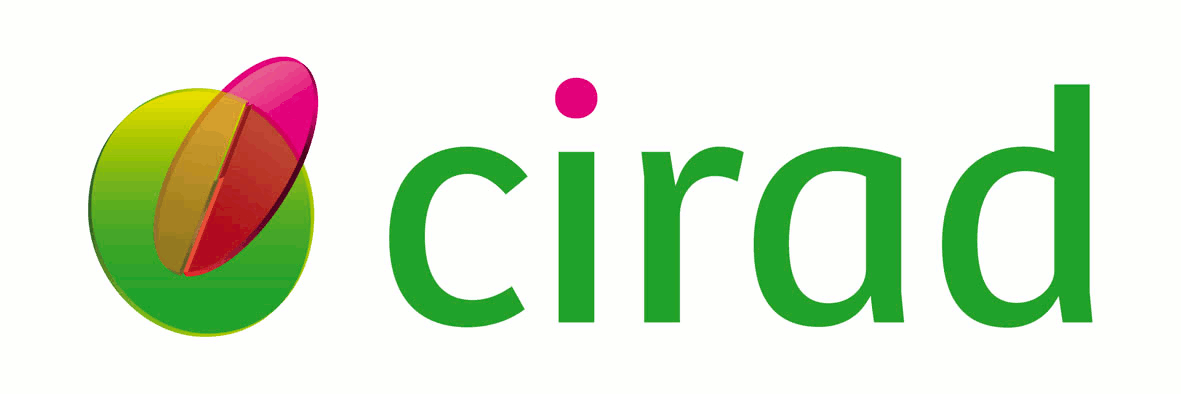Three-dimensional imaging of plant leaves: taking into account the volume of sub-epidermal tissues and cells in the analysis of expansion
Résumé
Despite the large application in plant biology of confocal laser scanning microscopy and, more recently, multiphoton microscopy, the assessment of leaf phenotypes in studies on leaf growth processes and genotype×environment interactions still relies heavily on two-dimensional imaging. Here, a procedure for three-dimensional imaging of plant leaves is presented. It was developed based on a range of developmental stages, from leaf initiation to senescence, of soil-grown Arabidopsis thaliana, but could also be applied on leaves of other species. Rigorous clearing of tissues allows for optical sectioning of the entire leaf thickness by both confocal and multiphoton microscopy. The superior image quality obtained by the latter technique enables three-dimensional visualisation, cell segmentation and analysis of cell dimensions in epidermal and mesophyll tissues. As an example of the procedure’s performance, a study of Arabidopsis leaf development will be presented. Data were obtained on leaf surface area and thickness, tissue proportions, and, unique to this method, cell densities and cell volume, length and width for the epidermis and all layers of mesophyll tissue. Developmental gradients along the longitudinal and transversal leaf axes were confirmed for epidermal and mesophyll tissues, while individual leaf and cell dimensions revealed asynchronous processes of growth in surface area and thickness, at the organ level, and cell width and length, at the cell level. Data such as these could extent models of leaf size control to the leaf’s internal tissues and provide quantitative variables on these tissues for the construction of a three-dimensional structural model of the developing leaf.






